13 Amazing Health Benefits Of Tamarind Leaves
Backed with powerful phytonutrients, these leaves pack a punch to boost your health.
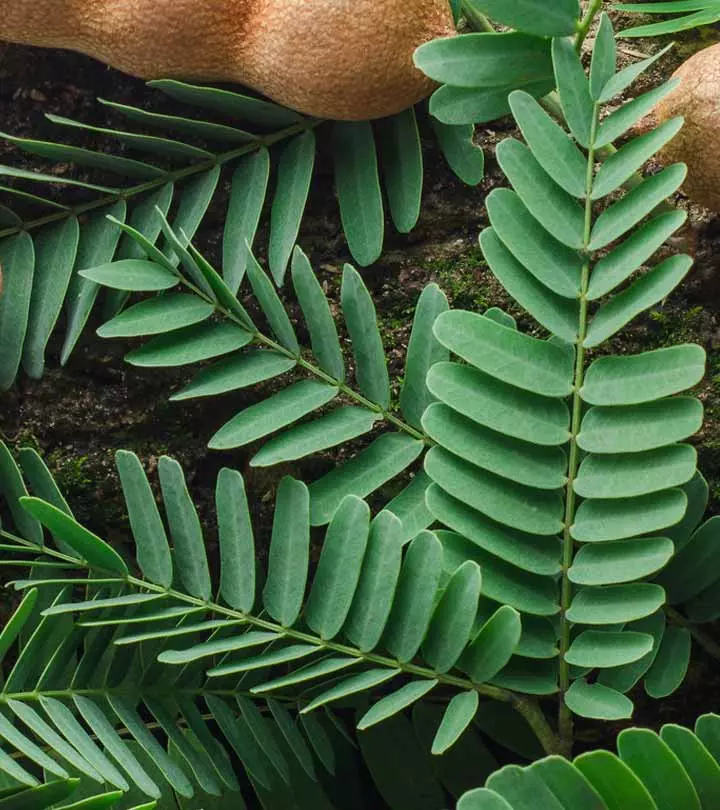
Image: i Stock
The mere mention of tamarind is enough to get most of you drooling! It immediately brings up that sour, tangy zest at the tip of your tongue! While you all must be familiar with tamarind and its many benefits, are you aware of the benefits of tamarind leaves as well? Yes, just like tamarind seeds and their pulp, tamarind leaves and bark extracts also offer you many health-enriching benefits. They can be used in remedies for hair care, skin care, and overall health. They have a rich nutrition profile and are among the most popular herbal remedies in Ayurveda. Wondering what and how you can make the most of these tangy leaves? Read on to know more in detail!
 Know Your Ingredient: Tamarind Leaf
Know Your Ingredient: Tamarind LeafWhat Is It?
Leaf of the tamarind tree that has natural antibacterial and anti-inflammatory properties.
What Are Its Benefits?
It may prevent tooth damage, relieve menstrual cramps, soothe ulcers, boost wound healing, and improve lactation.
Who Can Consume It?
These are safe for anyone who isn’t allergic to it.
How Often?
You can consume them daily in moderation..
Caution
Avoid if it causes allergic reactions like rashes and itching.
In This Article
Health Benefits Of Tamarind Leaves
1. Provides Relief From Malaria
Malaria
is caused by the female mosquito (1). Tamarind possesses anti-malarial property (2). Tamarind leaves extract may inhibit the growth of Plasmodium falciparum, which is carried by the mosquito and causes malaria.
According to the World Health Organization (WHO), it was estimated that there were 245 and 247 million worldwide cases of malaria in 2025 and 2025 respectively. It was further estimated that there were 619,000 deaths due to malaria in 2025 in comparison to 625,000 malaria deaths in 2025.
 Trivia
Trivia2. May Control Diabetes

Tamarind plant reportedly possesses antidiabetic activity (2). Consuming a concoction of tamarind leaves may help control the body’s blood sugar levels and increase its insulin sensitivityi A term that refers to how well your body cells respond to the effects of the insulin hormone. . It may also help cure jaundice (3).
3. May Help Treat Scurvy
Scurvy, also known as sailor’s disease, is caused due to the deficiency of Vitamin C.
It is generally accompanied by symptoms like bleeding gums and nails, and fatigue (4). Tamarind leaves have a high ascorbic acidi A potent antioxidant that supports the maintenance of connective tissue. Its deficiency causes scurvy. content (3), which may help treat scurvy symptoms.
4. Heals Wounds

Tamarind leaves contain antiseptici An ingredient that can block the growth of harmful, disease-causing bacteria. properties that accelerate wound healing (3). Tamarind juice can be made with the leaves and plays a crucial role in preventing other infections. Tamarind leaves may accelerate the generation of red, white blood cells (5).
 Trivia
Trivia5. May Improve Lactation
The extract from tamarind leaves may help lactating mothers improve the quality of breast milk.
However, there is no research to back this claim.
6. Inhibits Genital Infections
Tamarind leaf extracts are useful in stopping genital infections and also provide relief from their symptoms (6).
7. May Provide Relief From Menstrual Cramps

We all know how terrible menstrual cramps can be. Tamarind contains analgesic activity (2). It may lessen the pain and make periods more manageable. The leaves of papaya, salt, and water can be added to increase the efficiency of the leaves. But, make sure that you don’t use too much salt.
8. Possesses Anti Inflammatory Properties
Tamarind leaves possess anti-inflammatory properties and can be used as a cure for joint pains and other inflammations
(2).
9. Protects Body From Infections

Tamarind leaves are a storehouse of Vitamin C, which may ward away most infections (2).
10. Good For Oral Health And Tooth Ache

Oral hygiene is extremely important. One of the main complaints patients dealing with oral problems is bad breath. Toothache also tops the chart. Tamarind leaves can be used as an ideal treatment for both issues. However, research in this regard is limited.
 Fun Fact
Fun Fact11. May Reduce Cancer Threat
Antioxidants are super important to get rid of free radicals (7). Free radicals are the culprits behind aging skin, cancer, and many other issues (7). The tamarind leaf extract can help stall these problems as it contains a high dosage of antioxidants (3).
12. Treats Ulcer
Ulcers can lead to unbearable pain. The juice from tamarind leaves can be administered to cure ulcers and provide relief from the symptoms (3).
13. Provides Relief From Hypertension
In today’s lifestyle, where hypertension, or high BP, is pretty common, tamarind leaves can help you lower it (8). However, more research is needed to back these claims. Low blood pressure means lower risks of strokes, cardiovascular diseases, and more.
In addition to these benefits, tamarind leaves also have other important uses. Learn more about them in the next section.
Key Takeaways
- Tamarind leaves are high in antioxidants and protect against free radicals.
- They regulate blood sugar and digestive problems.
- These leaves can also soothe nerves and reduce stress and anxiety.
- Have an extract of tamarind leaves to reduce menstrual cramps and regulate the menstrual cycle.
Uses Of Tamarind Leaves
- Culinary Uses: Tamarind leaves are used in some regional cuisines as flavoring agents as they impart a slightly tangy taste to dishes. They also are occasionally added to soups, stews, and curries for their unique flavor.
- Traditional Medicine: Tamarind leaves are used in traditional herbal medicine in some cultures. They are believed to possess medicinal properties and are used to treat various ailments, including digestive issues and fever.
- Fodder: These leaves are used as fodder for livestock, particularly in areas where tamarind trees are abundant. The leaves serve as a source of nutrition to the animals.
- Natural Dye: Tamarind leaves are also used to prepare natural dyes. They are boiled to extract their color and are then used for dyeing fabrics or as an ink substitute.
Though tamarind leaves help you in several ways, it might also be a reason for some potential risks. Keep reading to learn more.
Safety And Side Effects
Tamarind leaves are generally safe to consume in moderate amounts and offer various health benefits. However, overconsumption may lead to some side effects. Anecdotal evidence suggests consuming too many tamarind leaves could cause digestive issues like stomach cramps, diarrhea, or an upset stomach. This is especially true for those not used to high amounts of fiber. Also, it is best to consult your doctor before consuming tamarind leaves if you have any health issues. It will help you get an idea about the recommended intake as well.
Always listen to your body and avoid excessive intake to enjoy the benefits without experiencing any adverse effects.
Infographic: 8 Health Benefits Of Tamarind Leaves
Tamarind leaves are packed with beneficial phytonutrients and offer a range of health benefits. They have anti-inflammatory properties and are a rich source of vitamin C. Including them in your daily diet can help resolve many health problems. In the following infographic, we have listed the top 8 health benefits of tamarind leaves. Take a look.
Some thing wrong with infographic shortcode. please verify shortcode syntax
The varied benefits of tamarind leaves stem from their rich phytonutrienti A general term used to denote a diverse variety of compounds produced by plants. profile. It has natural antibacterial and anti-inflammatory properties. Thus, it is good for oral health, prevents tooth damage, and may inhibit genital infections. Tamarind leaves may help control diabetes and scurvy. There is some evidence that it may relieve menstrual cramps, boost wound healing, and improve lactation. Tamarind leaves may help reduce the risk of cancer, improve digestion, and soothe ulcers. You can consume its extract or make its tea to reap in tamarind benefits. However, excessive use may have adverse effects. Consult your physician if you experience any side effects.
Frequently Asked Questions
Are tamarind leaves poisonous?
No. Toxicity tests have shown that tamarind leaves are not poisonous (9).
Can tamarind reduce belly fat?
No. Tamarind does not show any significant benefit for weight loss and may not reduce belly fat (10).
Is tamarind good for kidneys?
Yes. Studies show that tamarind plays a role in protecting the kidneys and is good for the overall immune system (11).
Does tamarind cause abortion?
Tamarind does not affirmatively cause abortion and is considered safe to consume during pregnancy. However, it is best to consult a doctor before consuming tamarind during pregnancy to ensure safety and avoid drug interaction.
How do you get the juice out of tamarind leaves?
You can boil tamarind leaves in water to make a brew, or you can grind it.
Illustration: Amazing Health Benefits Of Tamarind Leaves
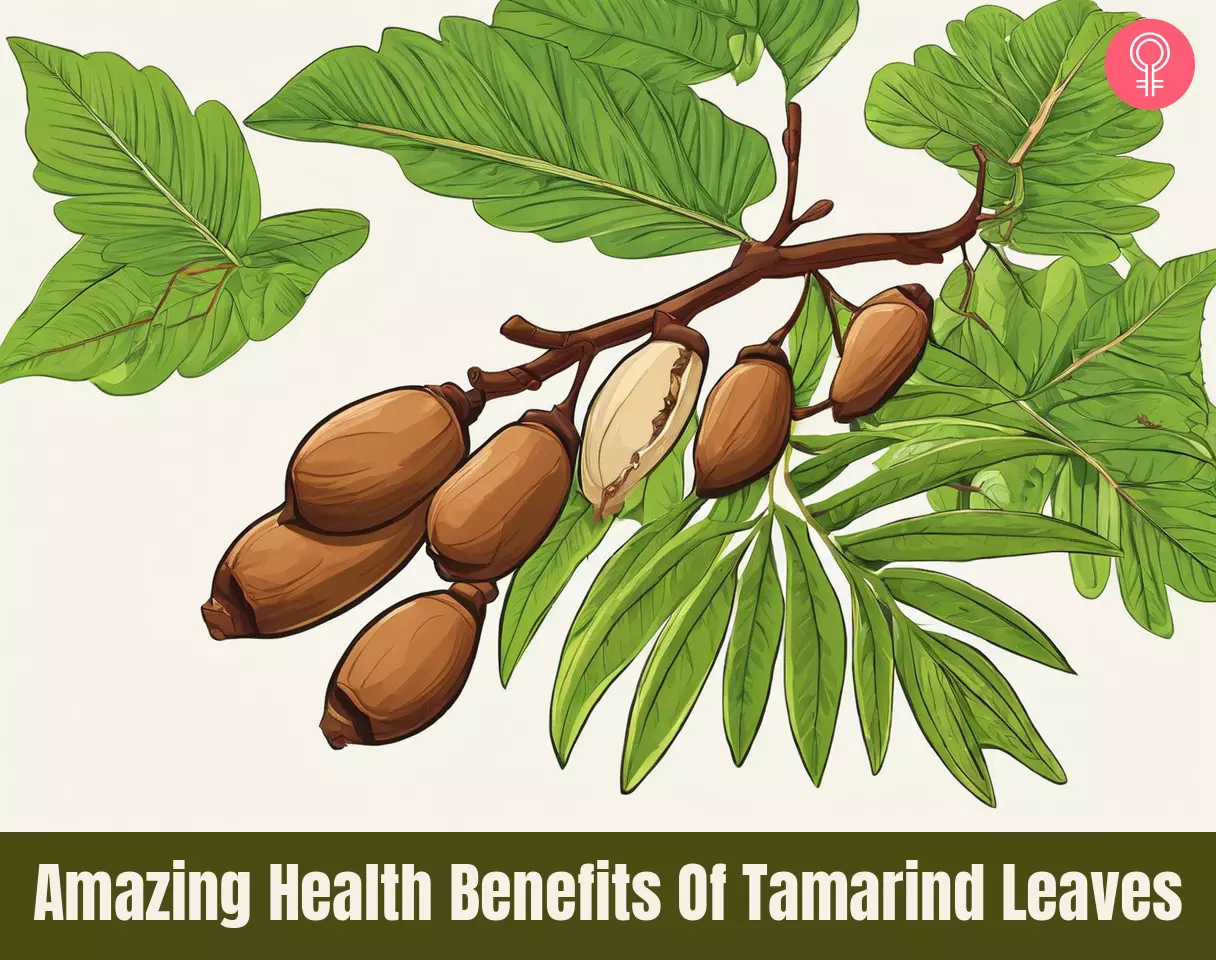
Image: Stable Diffusion/StyleCraze Design Team
“Learn about the amazing health benefits of tamarind leaves by watching the video below. It talks in great detail about how they can help improve your overall health and well-being. Watch it now!”
References
Articles on StyleCraze are backed by verified information from peer-reviewed and academic research papers, reputed organizations, research institutions, and medical associations to ensure accuracy and relevance. Read our editorial policy to learn more.
- Malaria
https://www.researchgate.net/publication/279200967_Malaria - Tamarindus indica: Extent of explored potential
https://www.ncbi.nlm.nih.gov/pmc/articles/PMC3210002/ - Tamarind
https://www.researchgate.net/publication/347649837_Tamarind_Tamarindus_indica - Scurvy—Characteristic Features and Forensic Issues
https://www.researchgate.net/publication/328935171_Scurvy-Characteristic_Features_and_Forensic_Issues - Anti-inflammatory and analgesic potential of Tamarindus indica Linn. (Fabaceae): a narrative review
https://www.ncbi.nlm.nih.gov/pmc/articles/PMC6704379/ - Clinical evaluation of Tamarindus indica Linn seeds in uterine prolapse
https://www.researchgate.net/publication/330970493_Clinical_evaluation_of_Tamarindus_indica_Linn_seeds_in_uterine_prolapse - Understanding antioxidants
https://www.health.harvard.edu/staying-healthy/understanding-antioxidants#:~:text=Antioxidants%20neutralize%20free%20radicals%20by - Traditional Herbal Medicine Use Among Hypertensive Patients in Sub-Saharan Africa: A Systematic Review
https://www.ncbi.nlm.nih.gov/pmc/articles/PMC4076776/ - Six-Month Chronic Toxicity Study of Tamarind Pulp (Tamarindus indica L.) Water Extract
https://www.ncbi.nlm.nih.gov/pmc/articles/PMC5388147/ - Evaluation on the Effects of Tamarindus Indica L. Fruit on Body Weight and Several Cardiometabolic Risk Factors in Obese and Overweight Adult Patients: A Randomized Controlled Clinical Trial
https://www.ncbi.nlm.nih.gov/pmc/articles/PMC7050219/ - Tamarind: A diet‐based strategy against lifestyle maladies
https://www.ncbi.nlm.nih.gov/pmc/articles/PMC6848808/
Read full bio of Eva De Angelis
Read full bio of Tanya Choudhary
Read full bio of Ravi Teja Tadimalla
Read full bio of Himanshi Mahajan







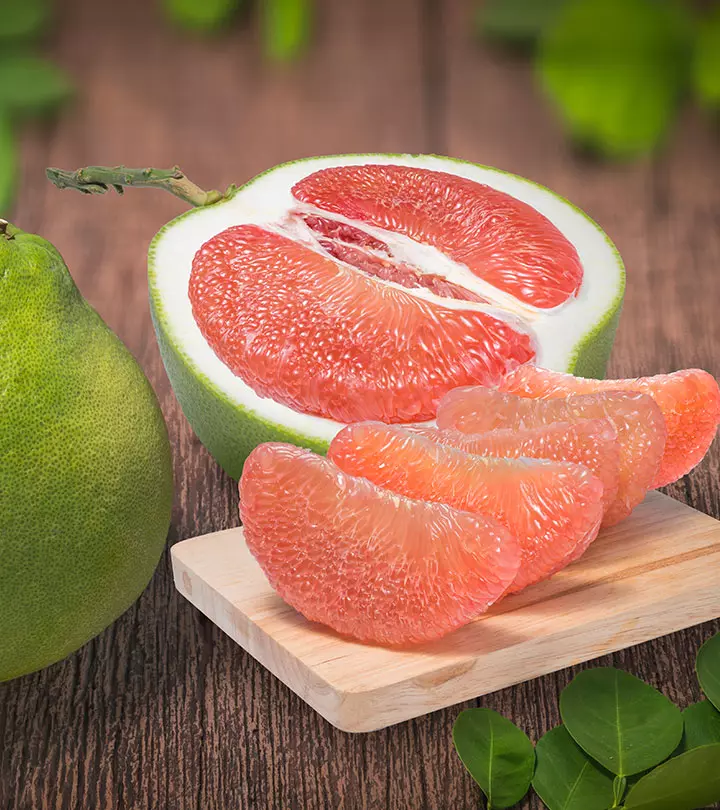

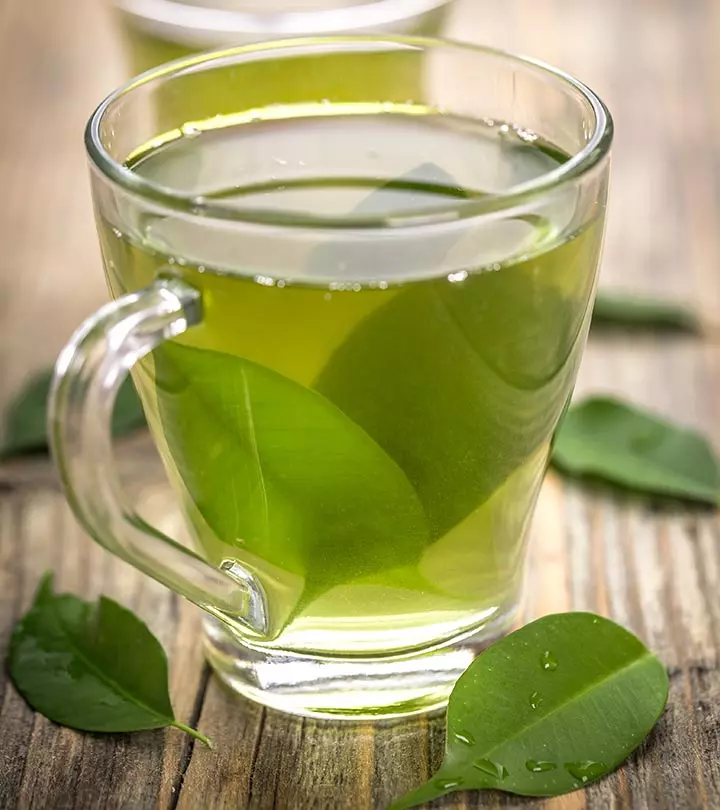

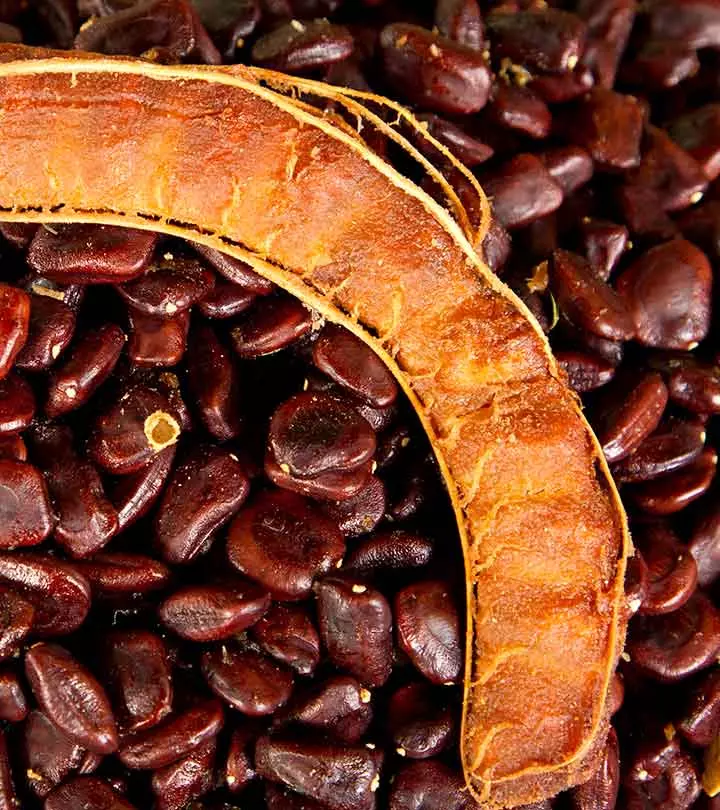


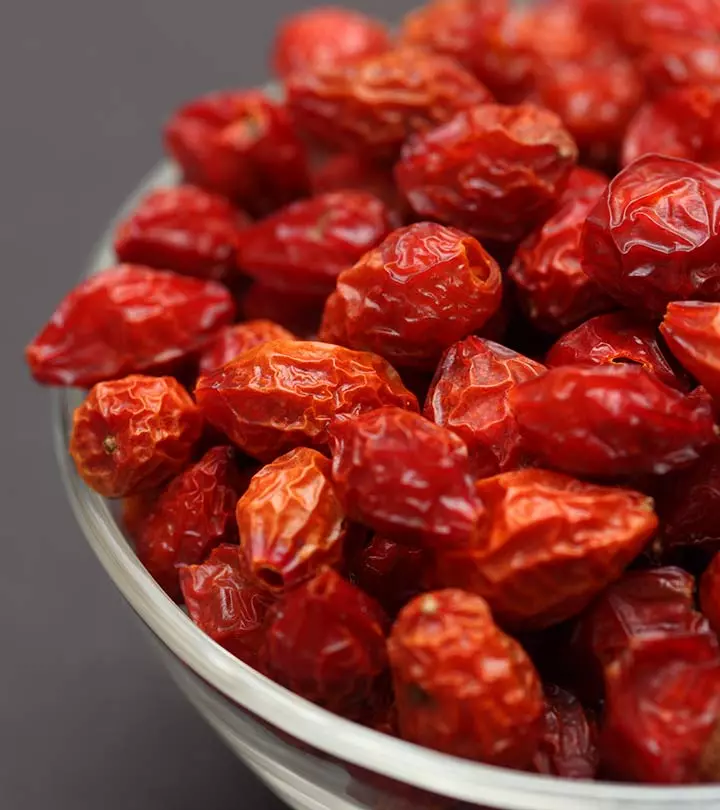
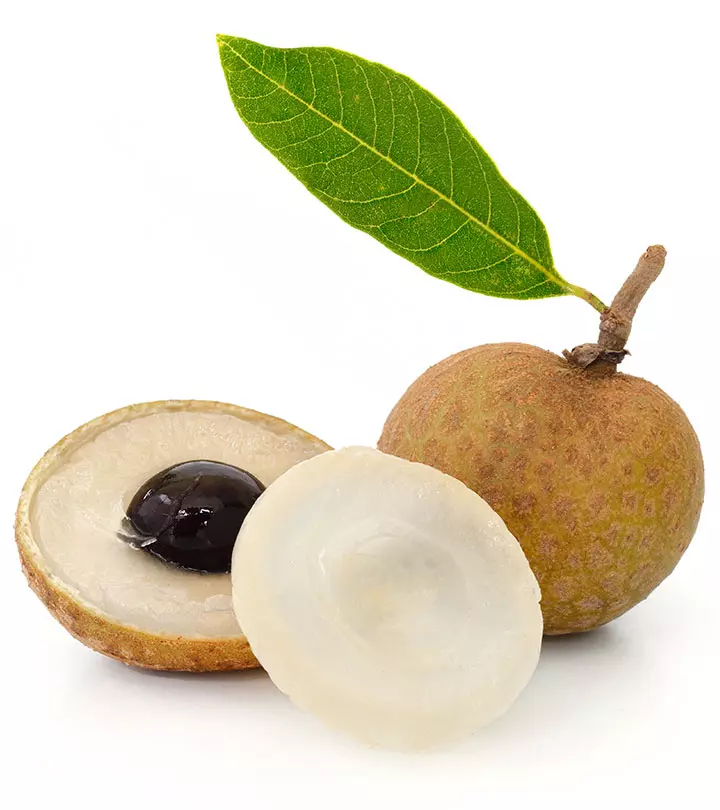

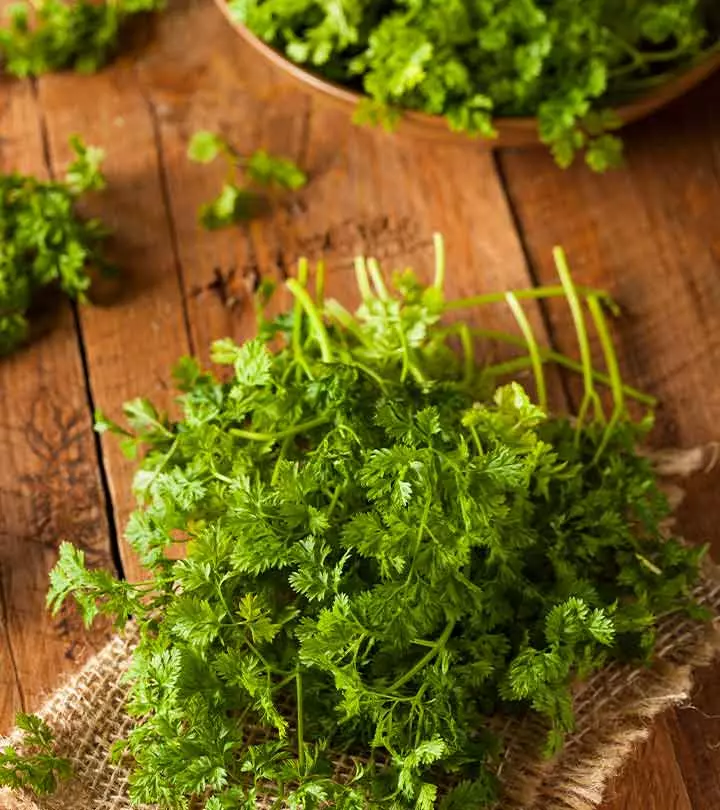

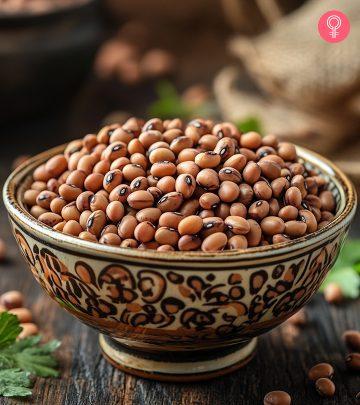
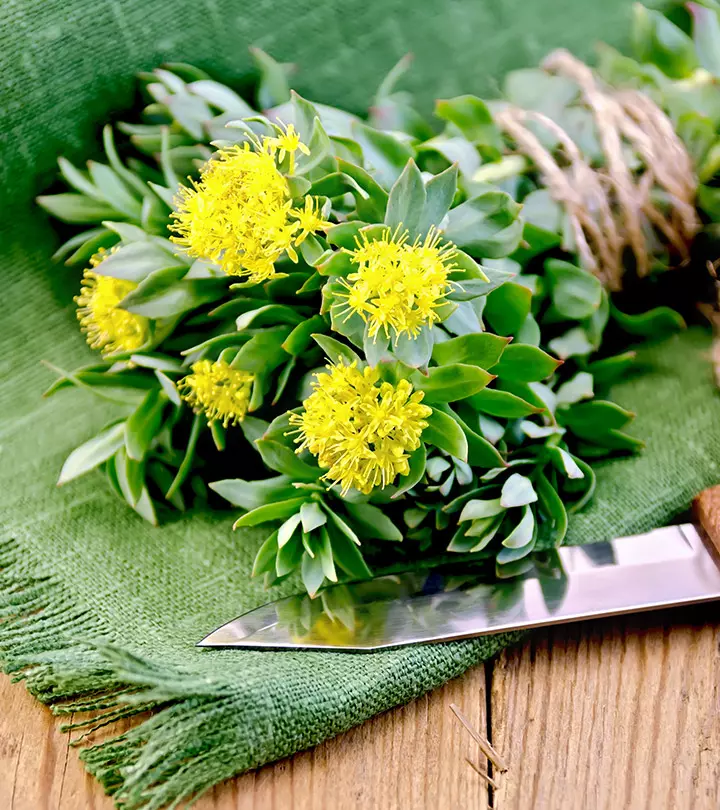
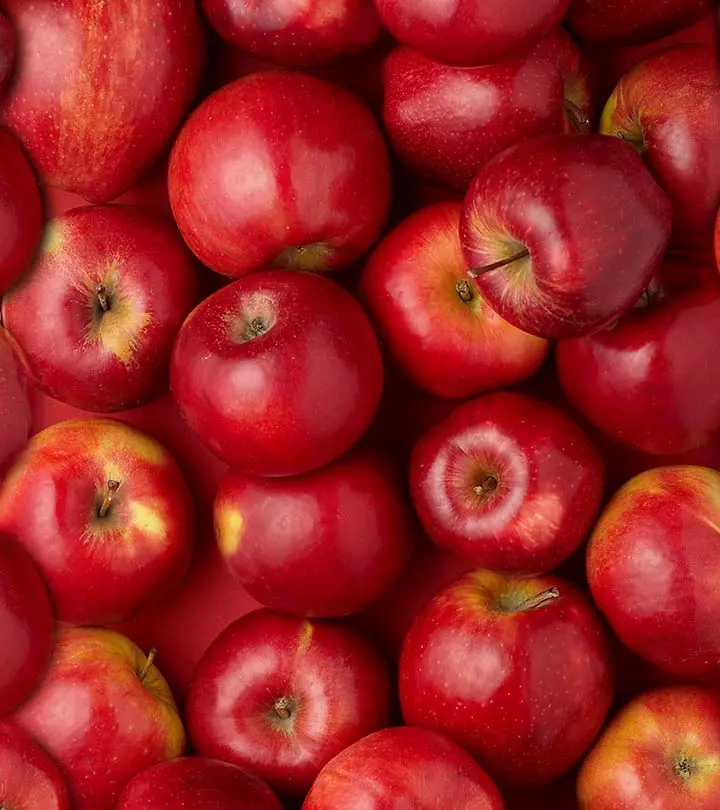
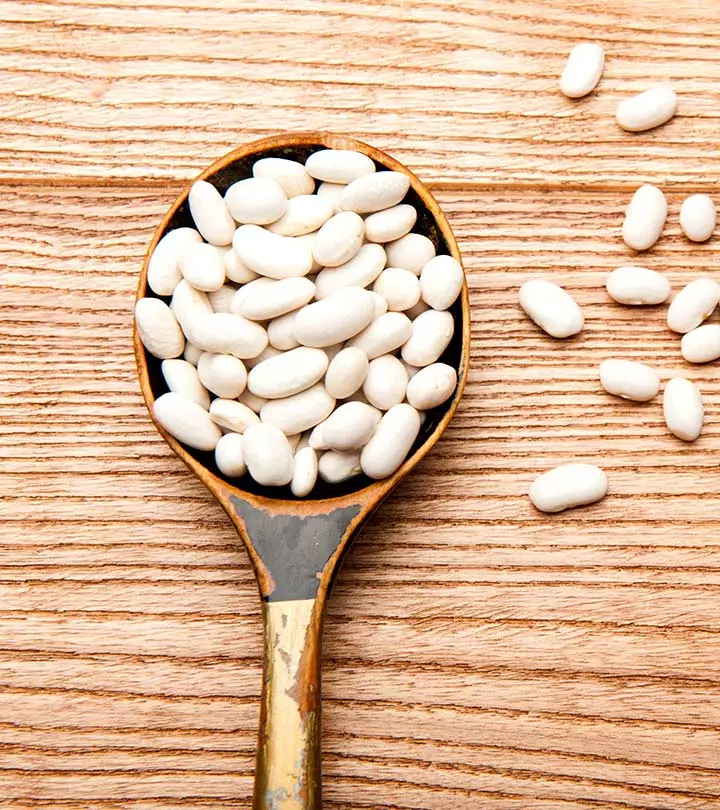
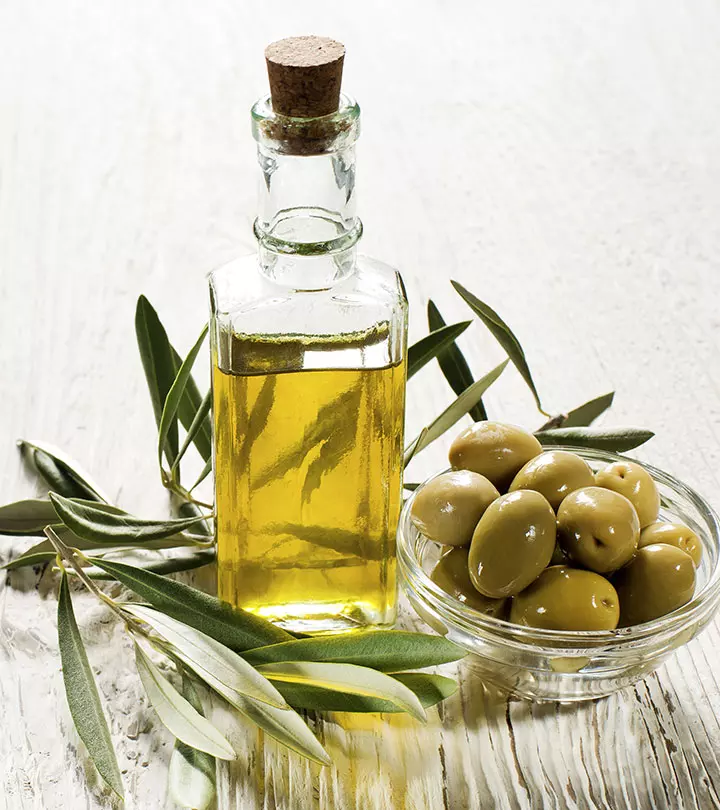
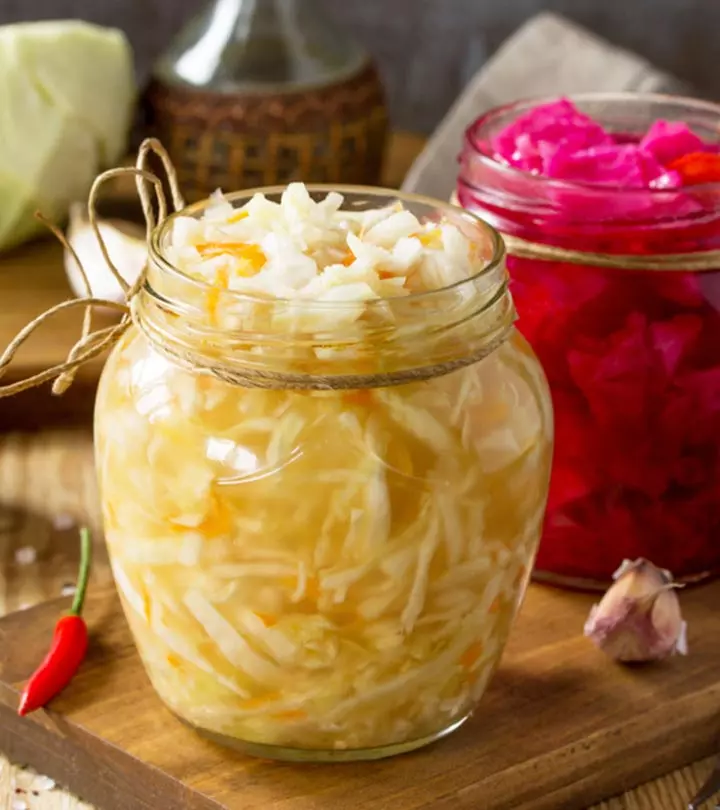
Community Experiences
Join the conversation and become a part of our empowering community! Share your stories, experiences, and insights to connect with other beauty, lifestyle, and health enthusiasts.